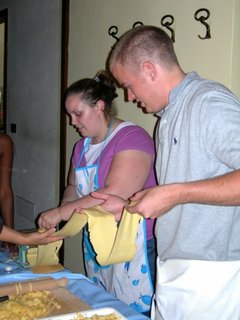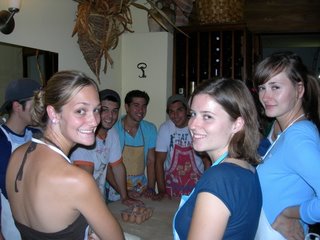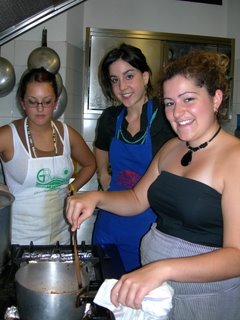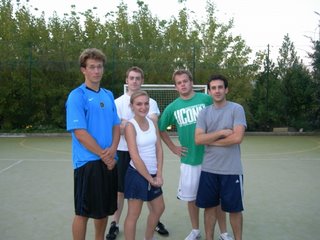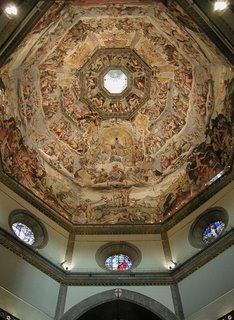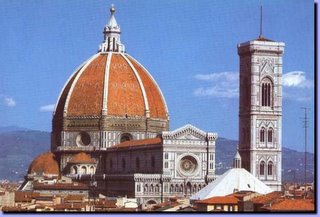
A group of nearly 40 Institute students braved a damp and rainy evening for the chance to see rival teams ACF Fiorentina and F.C. Internazionale Milano (Inter) go head to head on the Fiorentina’s home turf at the Campo di Marte stadium. Despite the relatively unexciting outcome of the game, which resulted in a 0-0 tie, the students greatly enjoyed themselves. The evening turned into an improv Italian class as the students sought to decipher the various chants and Fiorentina fight songs; by the end of the evening we had gotten the hang of “Alèèè, forza viola alè, forza viola alè!!” (“Alè, go viola alè, go viola alè!”), and to their delight they had significantly improved their knowledg

e of Italian curse words, which were shot relentlessly at the opposing team’s fans. The game was an excellent opportunity for the students to partake in an activity that is at the heart of Italian culture and to witness first hand a national passion for soccer which is akin to the United State’s excitement for football and baseball. After a full two months in Florence, the pride and excitement that the students have developed for their adoptive “home” city shone through as they cheered on the Viola team; let’s hope that the second half of the semester proves to be as memorable as the first.
 A group of nearly 40 Institute students braved a damp and rainy evening for the chance to see rival teams ACF Fiorentina and F.C. Internazionale Milano (Inter) go head to head on the Fiorentina’s home turf at the Campo di Marte stadium. Despite the relatively unexciting outcome of the game, which resulted in a 0-0 tie, the students greatly enjoyed themselves. The evening turned into an improv Italian class as the students sought to decipher the various chants and Fiorentina fight songs; by the end of the evening we had gotten the hang of “Alèèè, forza viola alè, forza viola alè!!” (“Alè, go viola alè, go viola alè!”), and to their delight they had significantly improved their knowledg
A group of nearly 40 Institute students braved a damp and rainy evening for the chance to see rival teams ACF Fiorentina and F.C. Internazionale Milano (Inter) go head to head on the Fiorentina’s home turf at the Campo di Marte stadium. Despite the relatively unexciting outcome of the game, which resulted in a 0-0 tie, the students greatly enjoyed themselves. The evening turned into an improv Italian class as the students sought to decipher the various chants and Fiorentina fight songs; by the end of the evening we had gotten the hang of “Alèèè, forza viola alè, forza viola alè!!” (“Alè, go viola alè, go viola alè!”), and to their delight they had significantly improved their knowledg e of Italian curse words, which were shot relentlessly at the opposing team’s fans. The game was an excellent opportunity for the students to partake in an activity that is at the heart of Italian culture and to witness first hand a national passion for soccer which is akin to the United State’s excitement for football and baseball. After a full two months in Florence, the pride and excitement that the students have developed for their adoptive “home” city shone through as they cheered on the Viola team; let’s hope that the second half of the semester proves to be as memorable as the first.
e of Italian curse words, which were shot relentlessly at the opposing team’s fans. The game was an excellent opportunity for the students to partake in an activity that is at the heart of Italian culture and to witness first hand a national passion for soccer which is akin to the United State’s excitement for football and baseball. After a full two months in Florence, the pride and excitement that the students have developed for their adoptive “home” city shone through as they cheered on the Viola team; let’s hope that the second half of the semester proves to be as memorable as the first. 







